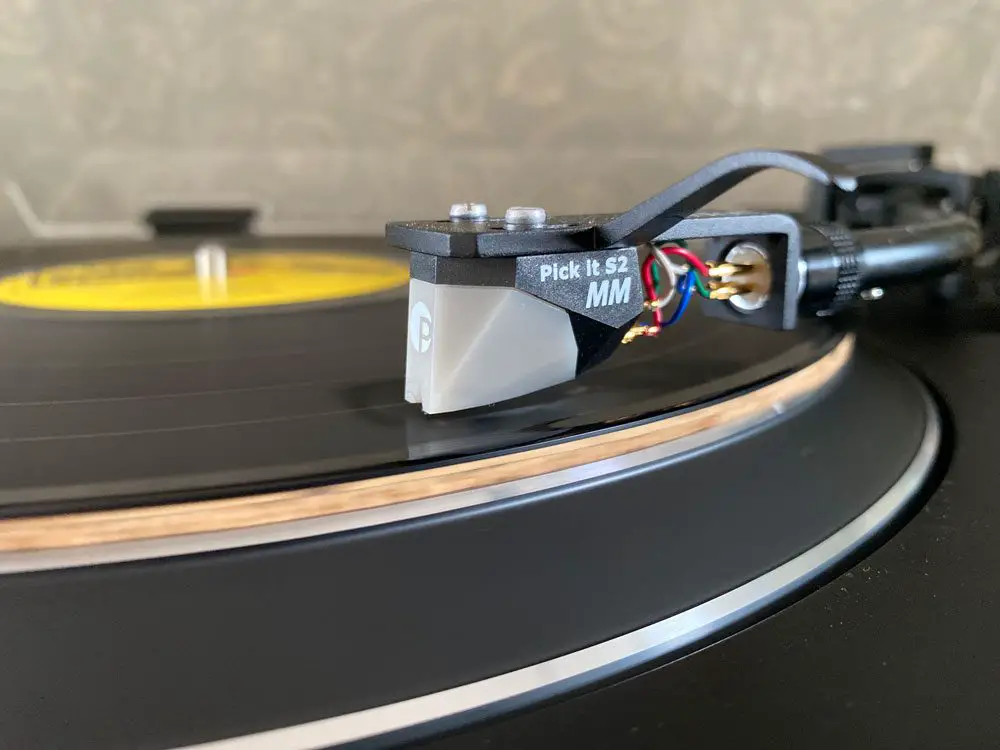

If your reproducer has this mysterious symptom there's a trip you can take. An echo is usually caused by a bad stylus. Repeating is caused by a misadjusted half nut. I don't mean that the record is repeating the groove. Every once in a while you run into a reproducer that sounds garbled, sort of crystal clear and yet off at the same time, as if it's skipping on the surface of the record. I'll tell you how to disassemble the reproducer in a minute, but first I'm going to inform you of a symptom that's surprisingly common, but also ridculously easy to fix. Replacements are available from the parts suppliers. These reproducers typically use a silk linkage and cork-stiffened diaphram, in the manner of the Diamond Disc machines.

I've always found the Diamond B more difficult to repair than a C reproducer, but the principles of disassembly are pretty much the same, as illustrated in the previously cited Edison phonograph repair tutorial. The Gem motor had an open mainspring the mainspring in the Fireside motor is enclosed in a spring barrel. If you are unfortunate enough to own a machine that employed a Gem rather than a Fireside motor you may be out of luck in that the motor may not be strong enough to push through an entire record. Unscrew the little collar at the right end of the mandrel shaft. Because these machines were marriages of internal horn cases and outside horn components -usually the Edison Fireside- everything I say in the Antique Phonograph Repair tutorial as to belting, governor adjustment and such also applies here. These can be blatantly identified by a pulley on the mandrel connected by belting to a pulley on the motor. THE BELT DRIVE AMBEROLAS (VIII, X, most versions of the VI). This means we are left with two groups of machines: the belt drive Amberolas and the direct drive Amberolas. These machines are too hard to get parts for, and if you're doing anything other than cleaning and adjustments you may find yourself paying a visit to your local machinist. I'm not going to tackle the exotic machines such as the Amberola I, or machines which used oddball motors such as the Amberola V, other than to throw you back again to the general discussion on antique phonograph repair. As to where to find parts, please consult the relevant section of the Antique Phonograph FAQ. Almost everything I say there also applies to the Amberola models. As a prelude, you might study an excellent posting I found on the web regarding Edison Phonograph Repair, written coincidentally by the same distinguished author as this article. In many cases you will be able to get your Amberola humming happily again even if you have two left feet. In keeping with the principle that less is more I am going to discuss the most common repairs, the real life scenarios. Edison Amberola repair Copyright 2006 Vicki Youngĭo you like dancing? I don't, and it isn't my goal to waltz you through every possible repair.


 0 kommentar(er)
0 kommentar(er)
